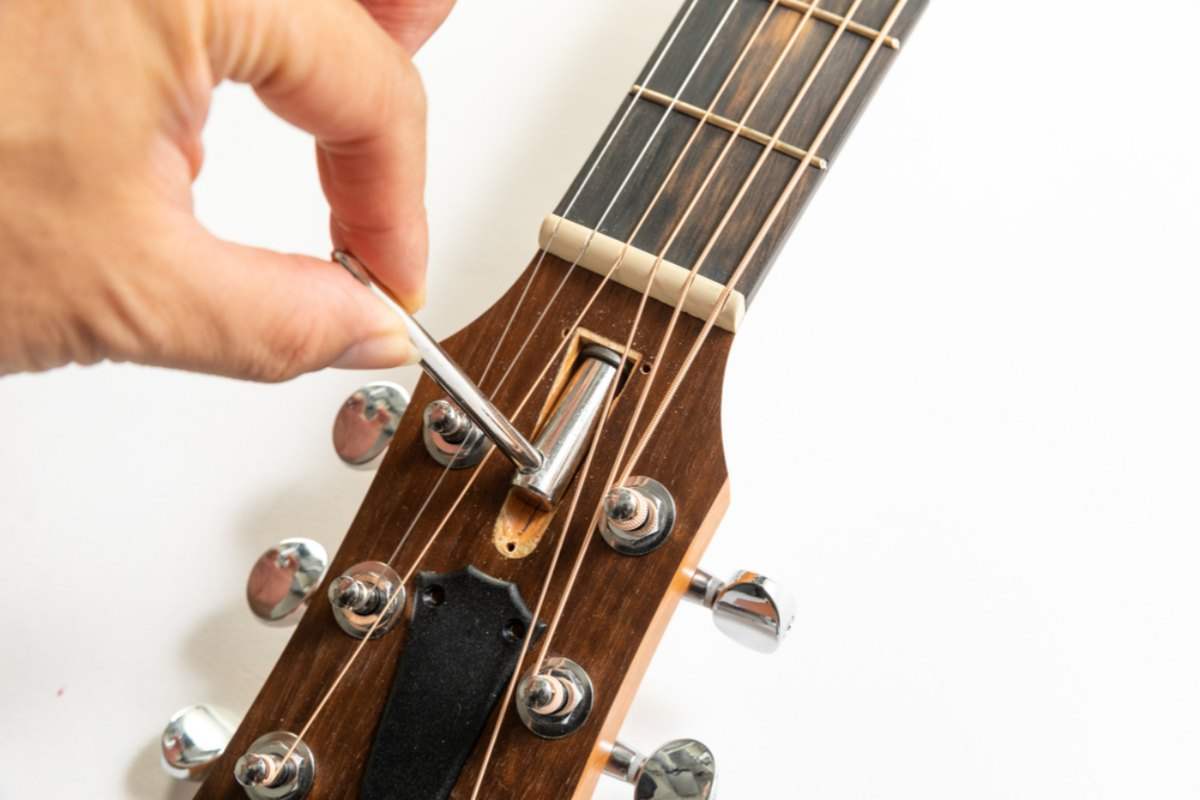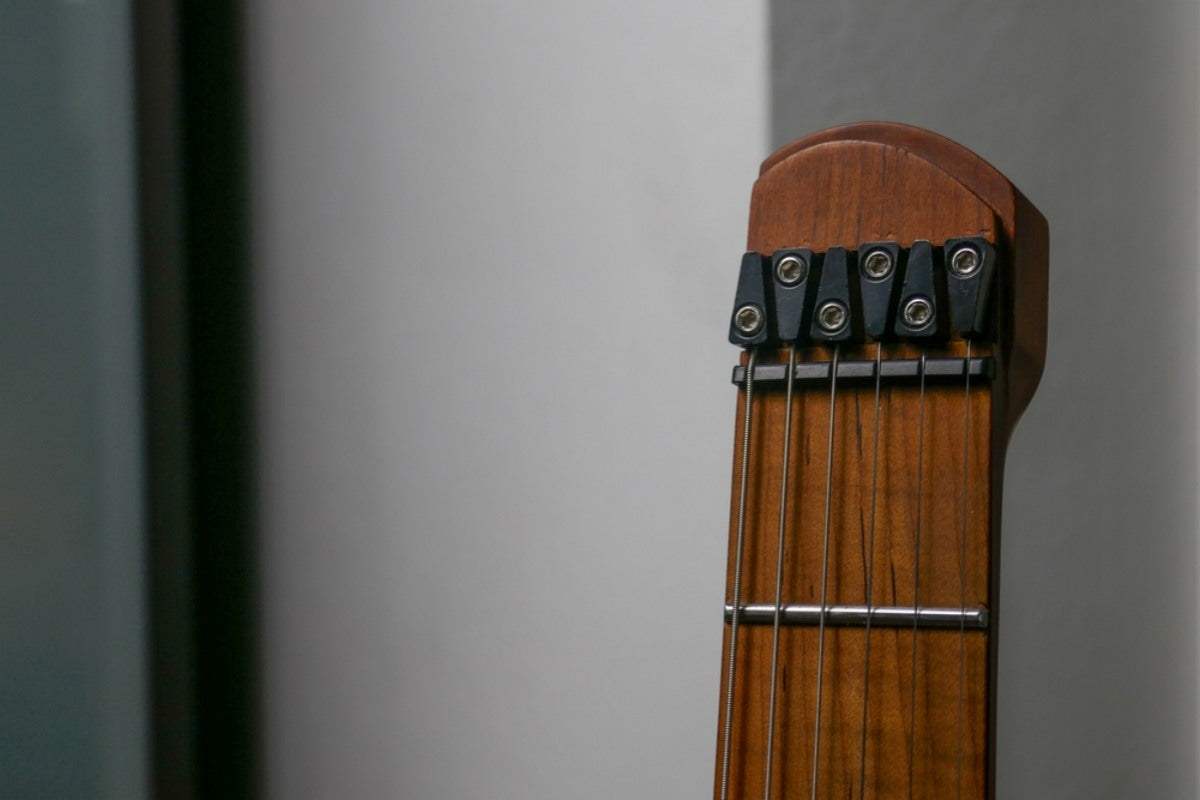The way a neck is constructed, as well as how it is attached to a guitar body have a huge effect on the tone of an instrument. So, let’s take a look at the three most common types of different neck constructions for guitars and how each one affects the feel and tone.
Bolt-On Neck
Bolt-on construction involves attaching the neck to the body using wood screws. It is widely used by Fender on the majority of its electric guitars and was originally developed by the company to speed up manufacturing, make servicing the guitars, such as refretting, easier, and to keep the costs down.
Bolt-ons are most commonly made of maple which due to its dense grain is less likely to warp or twist than softer woods, making the necks very stable. However, they have less sustain than the other two neck types because of the slight gap between the neck and the body, but they do have a nice twangy, snappy attack.
The ease of neck replacement has made modifications commonplace, for example, Eric Claptons “Blackie” strat is a 1956 body with a 1957 V-profile neck. So, if you love your Tele or Strat but don’t get on with the neck profile, simply swap it out for a neck you love.

Set Neck
This is the most traditional form of neck construction and is used on a huge variety of stringed instruments from violins to cellos, as well as acoustic and electric guitars. The neck is constructed with a dovetail or mortice-and-tenon joint which allows it to fit as tightly as possible to the body, and then they are glued together to create a permanent bond. Synthetic glue is usually used on most instruments, while premium guitars often use hide glue for a more effective bond creating additional sustain.
The same wood is usually used for both the body and the neck, as is the case with classic designs such as the Gibson Les Paul, 335, and SG and a number of PRS guitars such as their amazing Custom 24.
This type of construction produces a much better sustain than you would get from a bolt-on neck, as well as a fuller and warmer tone. However, it lacks the snappy attack that many guitarists prefer.
As opposed to the ease of repair and replacement of bolt-on necks, set necks are a complete nightmare to re-set or change.

Neck-Through
Neck-through guitar construction (or neck-thru (as it is often referred to)) usually has a multi-ply piece of wood (3-ply, 5-ply, or 7-ply) that not only includes the neck but also the middle section of the guitar body. This will hold the pickups and hardware, once the whole body is completed.
To form the shape of the guitar, ‘wings’ are attached to both sides of the central piece to create the top and bottom thirds of the instrument. These are usually created from a wood with contrasting tonal qualities to best suit the final tone of the guitar. This makes through neck guitar construction by far the most complicated and slowest type of neck construction to manufacture, it is, therefore, the least common of the three designs.
The main advantage of the neck-thru guitar construction is the ability to easily access the higher frets because there is no heel at the end of the neck, as with the other two designs. The multi-ply design is also incredibly stable so there is less likelihood of the neck warping as well as allowing for the guitar to have an ultra-low action which is great for shredders.
Tonally, neck through body construction is often regarded as the best of both worlds, with great sustain and still a bit of snap in the attack. Examples include a number of speed demon guitars from manufacturers such as Ibanez, Jackson, B. C. Rich, Kramer, ESP, and Schecter, as well as the more traditional Gibson Firebird.

Final Words
What type of electric guitar neck construction should you choose? Well, only you can answer that, it all depends on what tone you are looking for.
But in my opinion, it’s best to have a few guitars with different neck constructions to get the sounds you want. A nice PRS Custom 24 with a mahogany set neck for fullness, and a quality Telecaster with a bolt-on neck for snap, sounds like the perfect guitar collection to me. If you'd like to learn more about how to adjust guitar neck tension, you can read more our articles.
If you like this article, please share it!
Be sure to join our FB Group Guyker Guitar Parts & Accessories Community to share your ideas! You can also have connections with like-minded guitar players, Guyker updates as well as discounts information from our FB Group.





